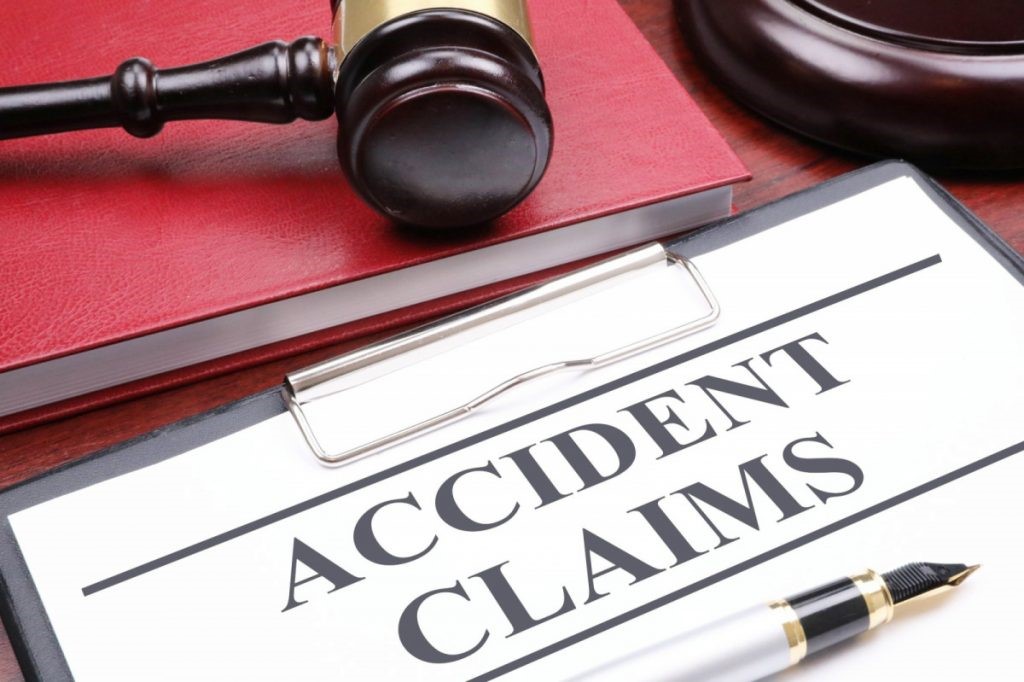Let’s assume that the dreaded scenario has happened: you’ve been injured in a car accident, and you’ve resorted to taking legal action that’s ended up at trial. The process of preparing for trial can feel discouraging and overwhelming. However, once you’re armed with plenty of knowledge about the legal process and secure a dedicated legal team to represent your case, such as the car accident attorneys at Boohoff Law, you can approach your trial date with confidence.
Although the specific regulations regarding a car accident trial can differ depending on location, almost all courtrooms employ the following basic procedure.
Selection of an Impartial Jury: The jury, which should be comprised of a cross-section of impartial individuals dedicated to evaluating a case with empathy, wisdom, and practicality, is the key determiner of fault in a car accident case. The jury selection process is referred to as voir Dire, which essentially means “to speak the truth.” It’s critical for prospective jurors to be properly interviewed to ensure their ability to be fair and open-minded in their decision-making.
Initial Statements: The two parties involved in a car accident trial, both the plaintiff and the defendant, will open the proceedings by making brief statements defending their position. It’s critical for an attorney to be truthful, prudent, and concise when presenting this portion of a case. After all, it’s the prime opportunity to highlight issues that will leave an impression on the jury when it comes to reaching a decision (verdict).
Presentation of Evidence: Next, both the plaintiff and defendant will present their case to the courtroom. First, the plaintiff will present their version of the story that attests to their innocence while assigning the reasons why the defendant is at fault. This is the time for the plaintiff to call witnesses, to show medical records and police reports, and address any other evidence relevant to the case.
Next, the defendant will be afforded the opportunity to deny the allegations of the plaintiff. The defendant might simply provide a clear-cut refutation of the plaintiff’s statements. In some situations, however, the defendant will provide an entirely new perspective of the case that will assign fault to the plaintiff or to circumstances beyond any party’s control. Again, this is the opportunity to explore any evidence relevant to the case and to interview or cross-examine witnesses.
Final Statements: Once both cases have been thoroughly explored, each party will be given the chance to make a closing statement that will help summarize their position and further leave an impression on the jury before the deliberation process begins.
Reaching a Verdict: After the final statements, the jury will begin the process of reaching a verdict. Once the judge receives the verdict, he/she will determine any other details before issuing a ruling before the court. In this ruling, the judge will assign fault and outline the conditions and monetary damages to be paid by the responsible party.



 Bitcoin
Bitcoin  Ethereum
Ethereum  Tether
Tether  XRP
XRP  Solana
Solana  USDC
USDC  TRON
TRON  Lido Staked Ether
Lido Staked Ether  Cardano
Cardano  Avalanche
Avalanche  Toncoin
Toncoin